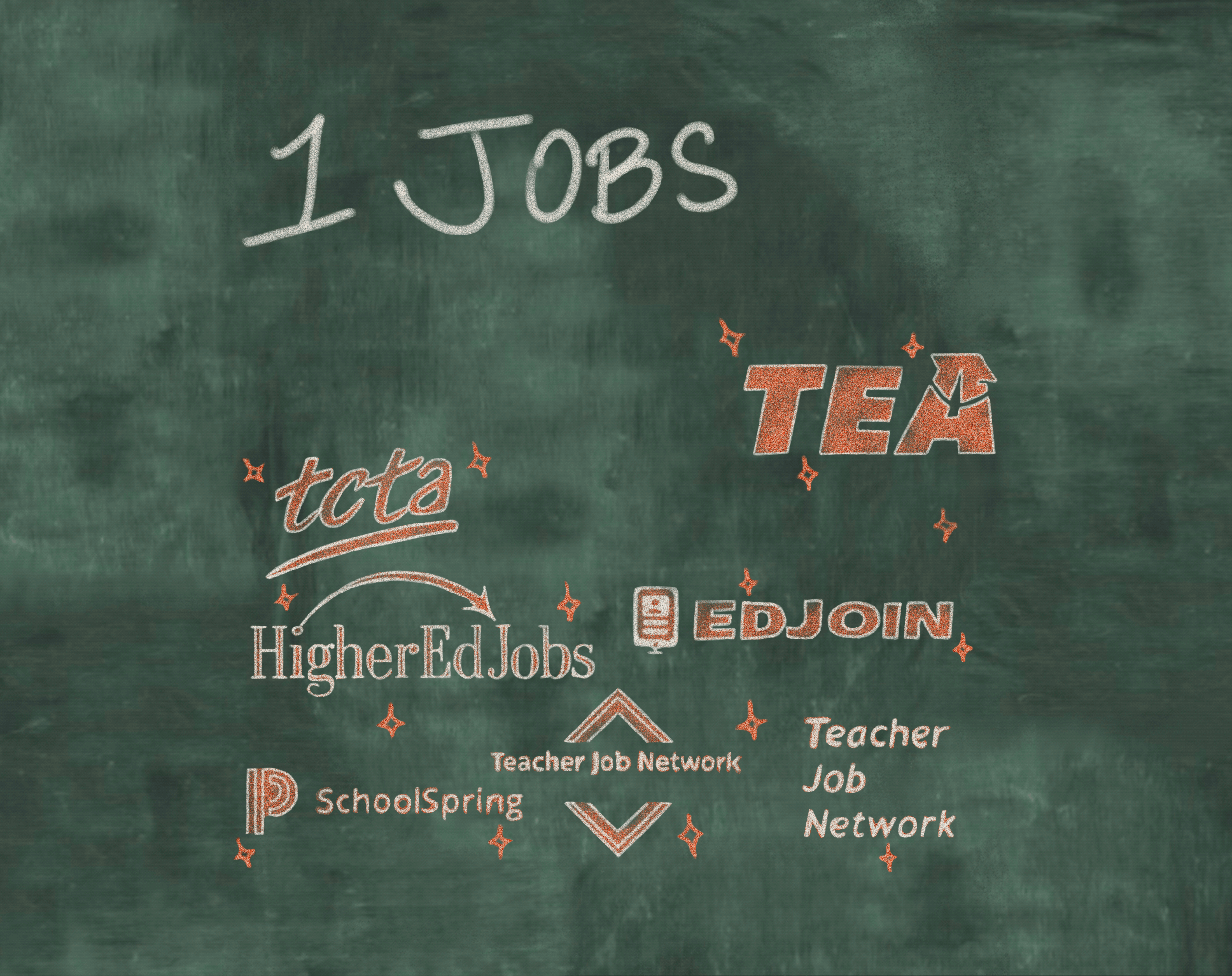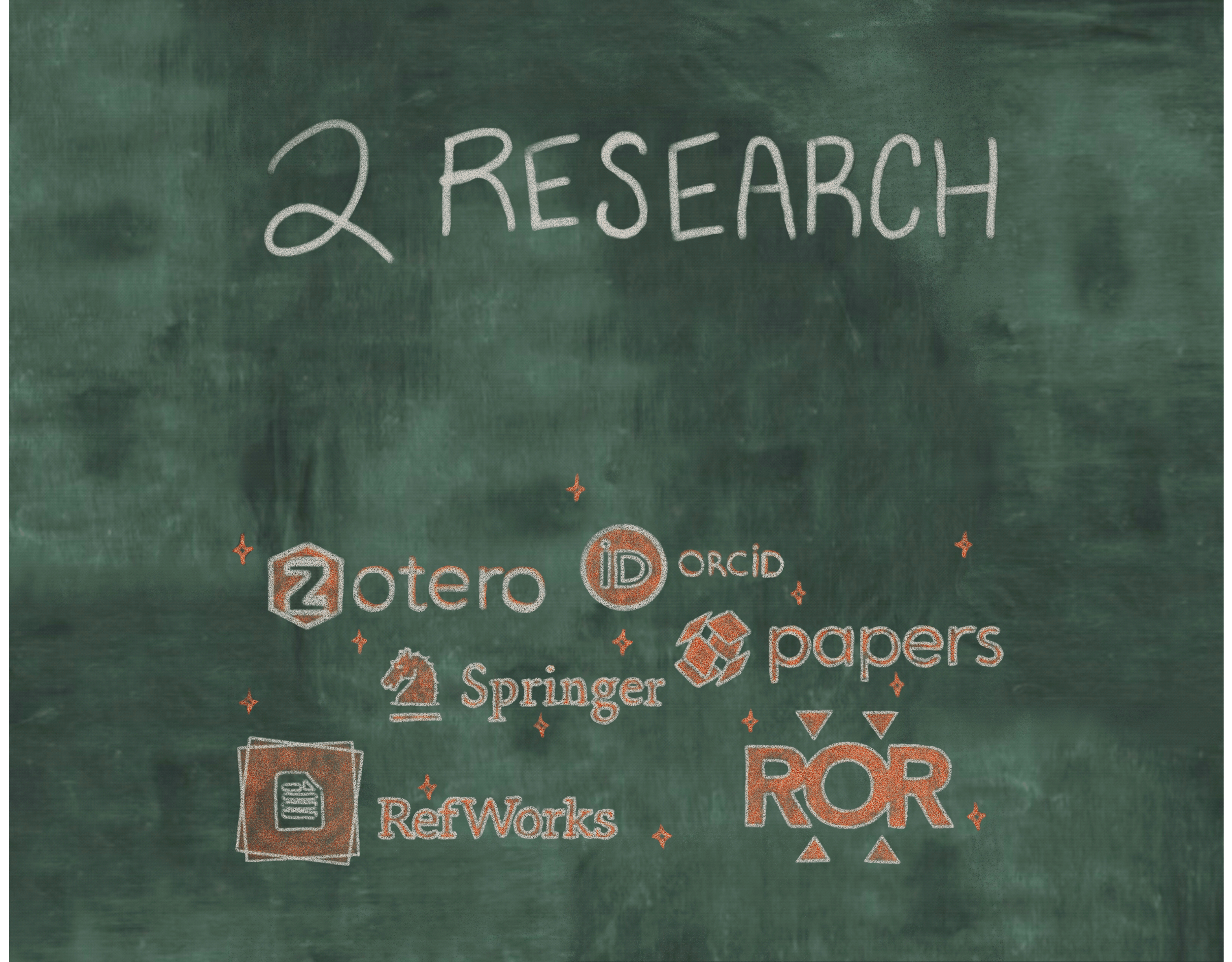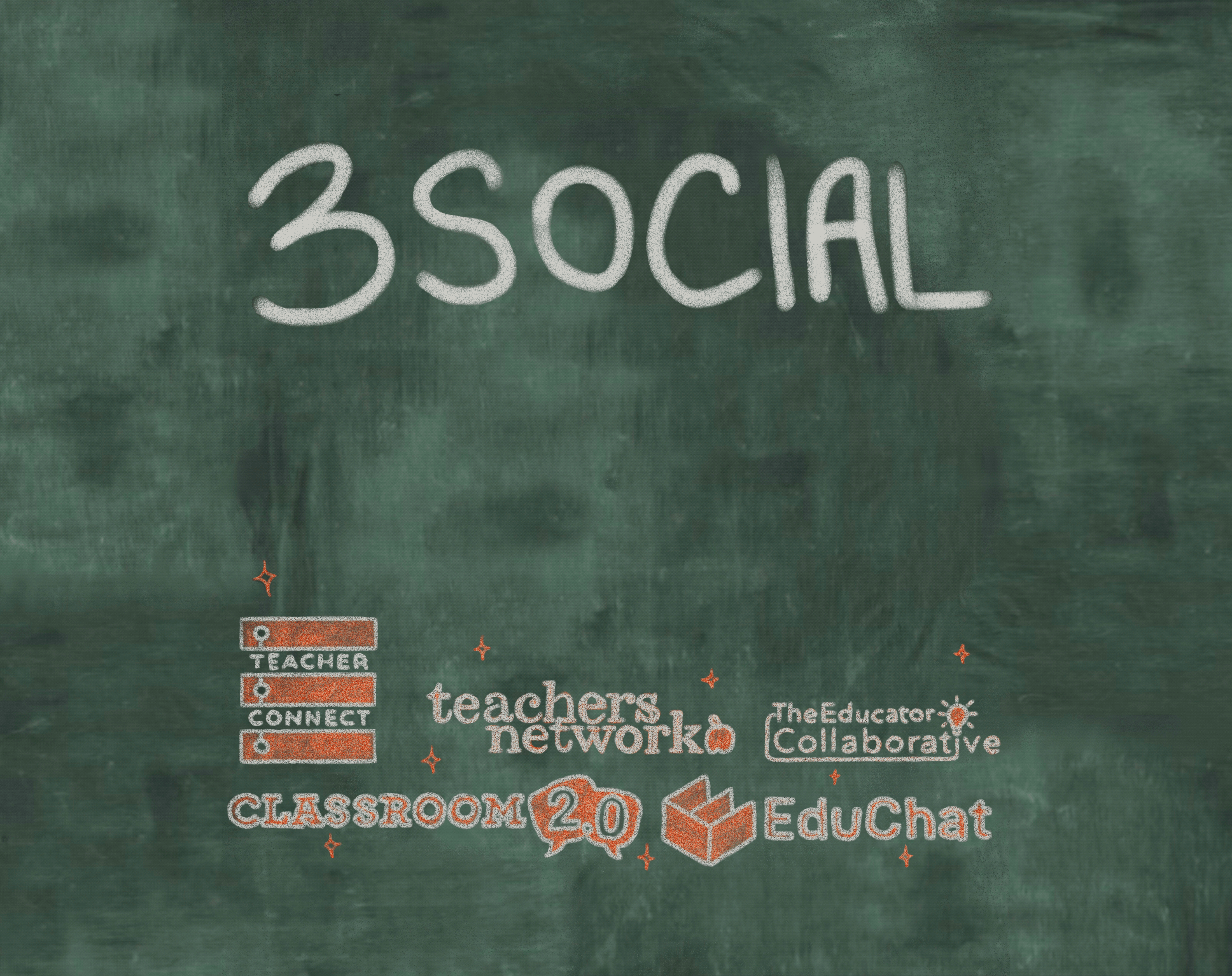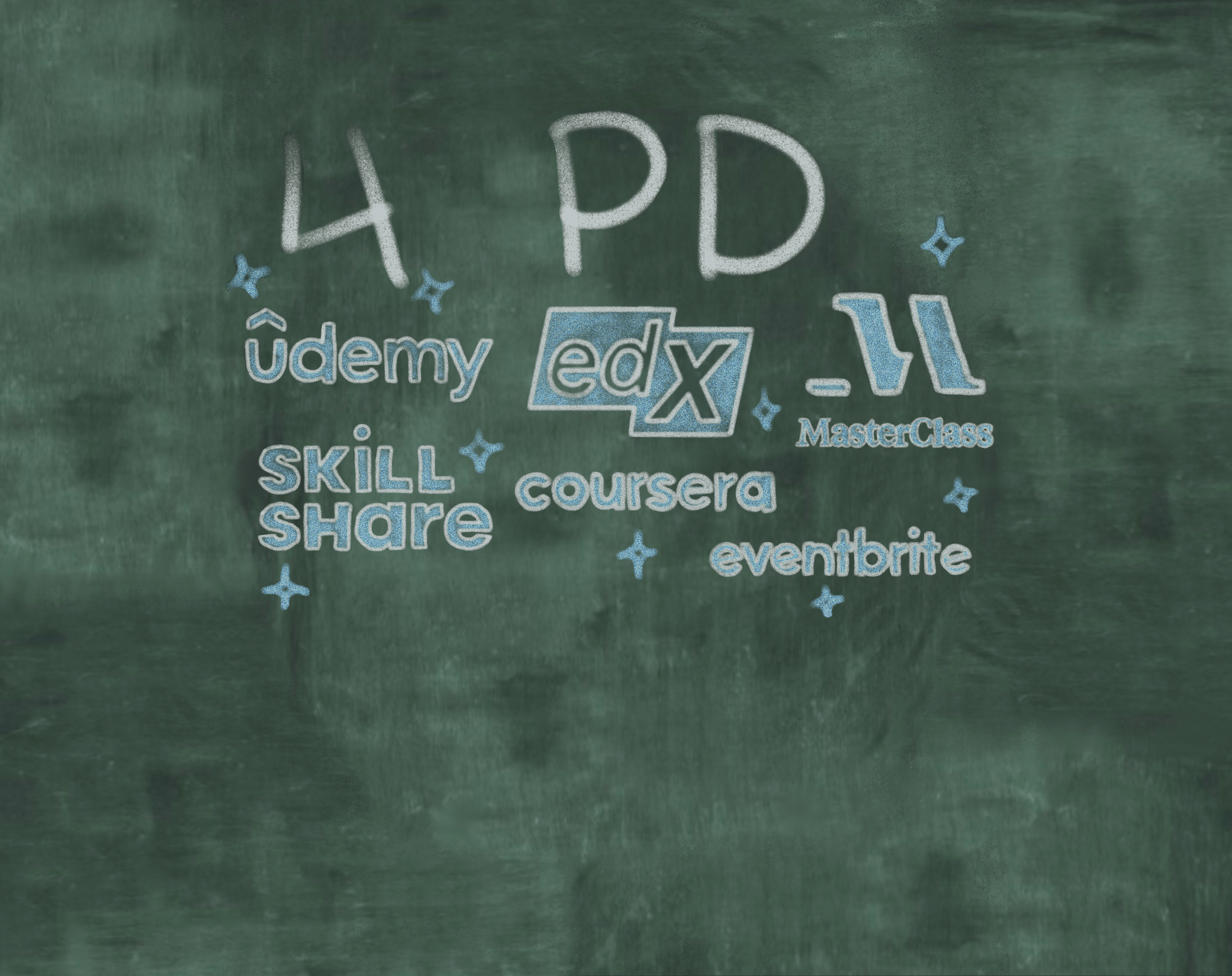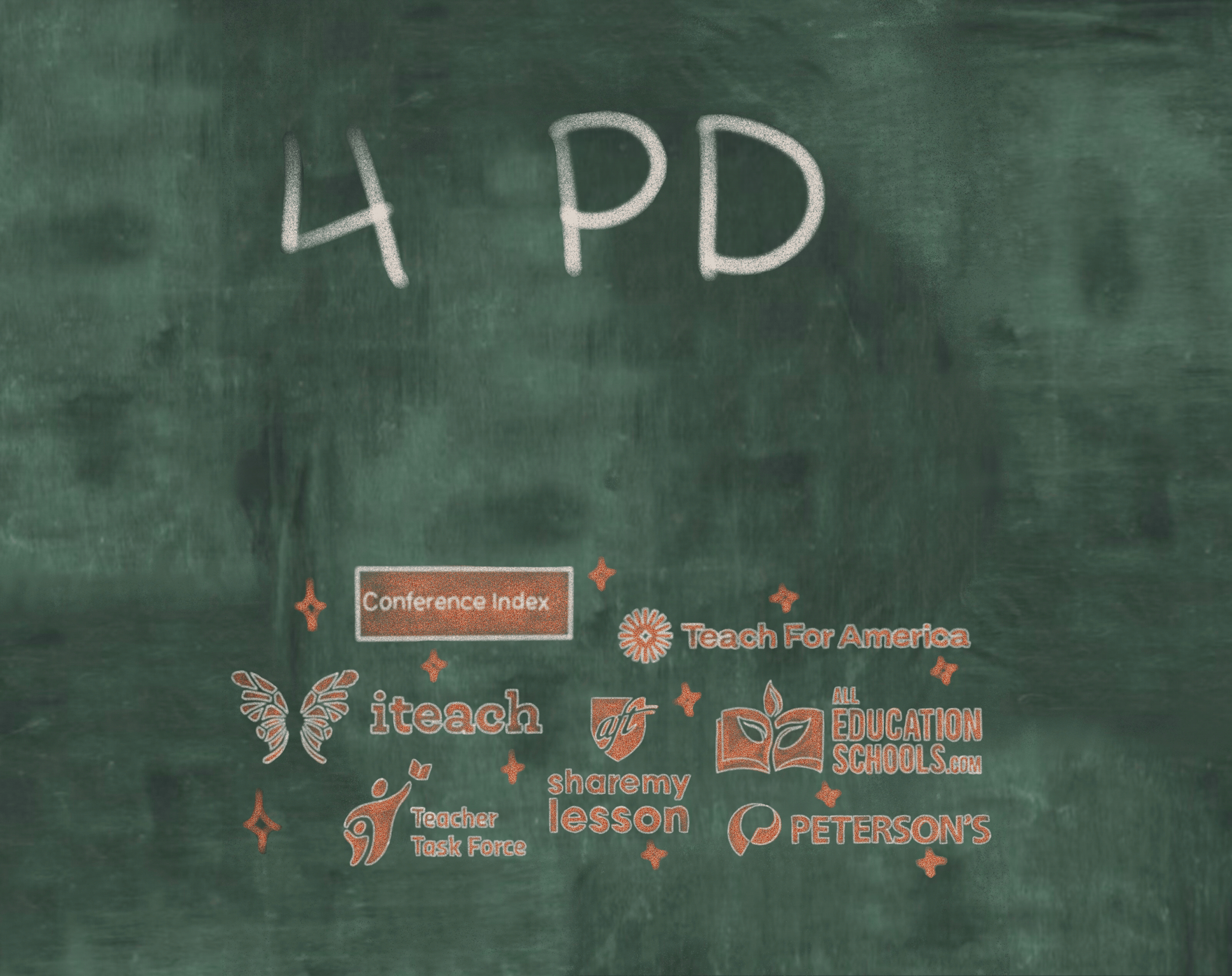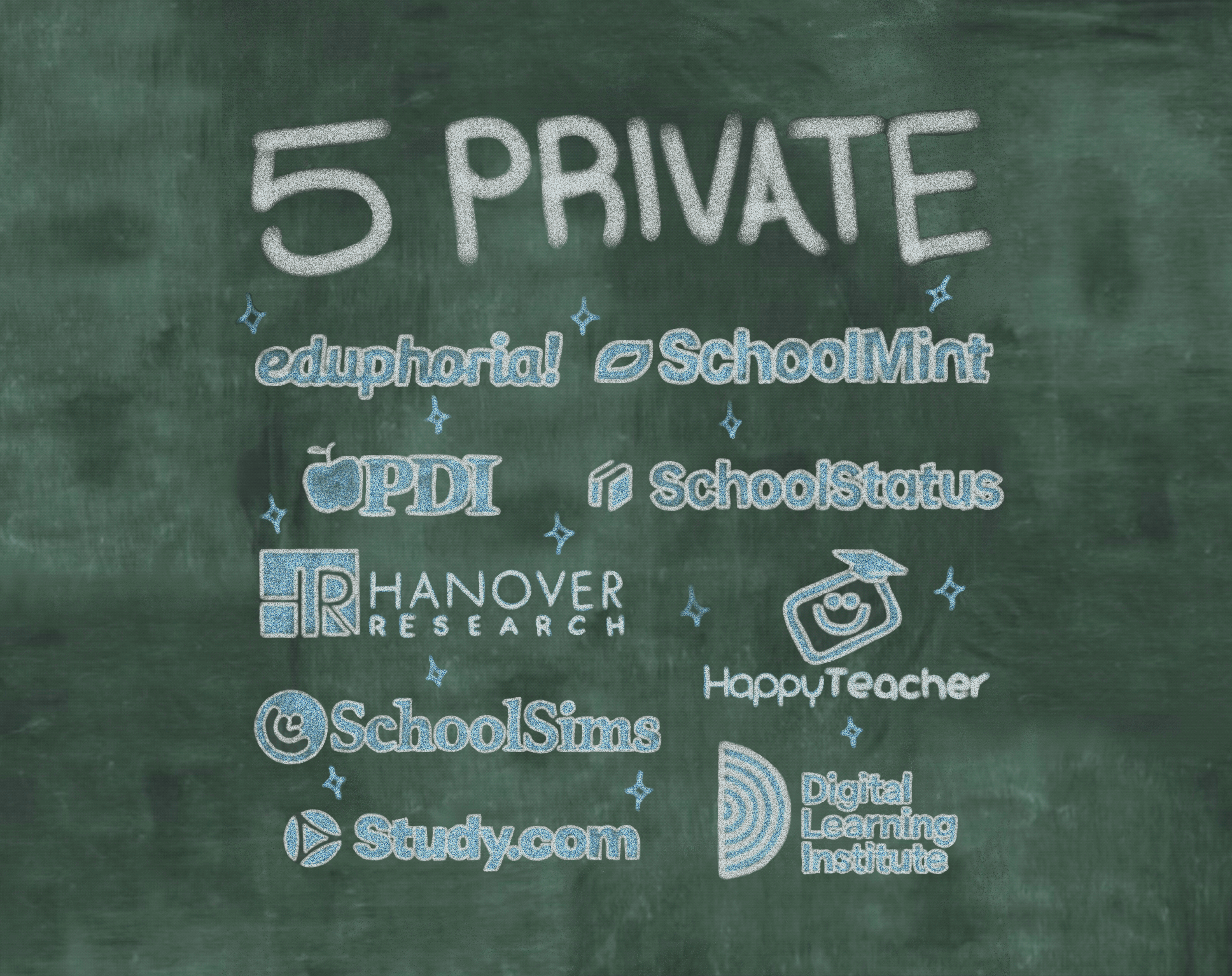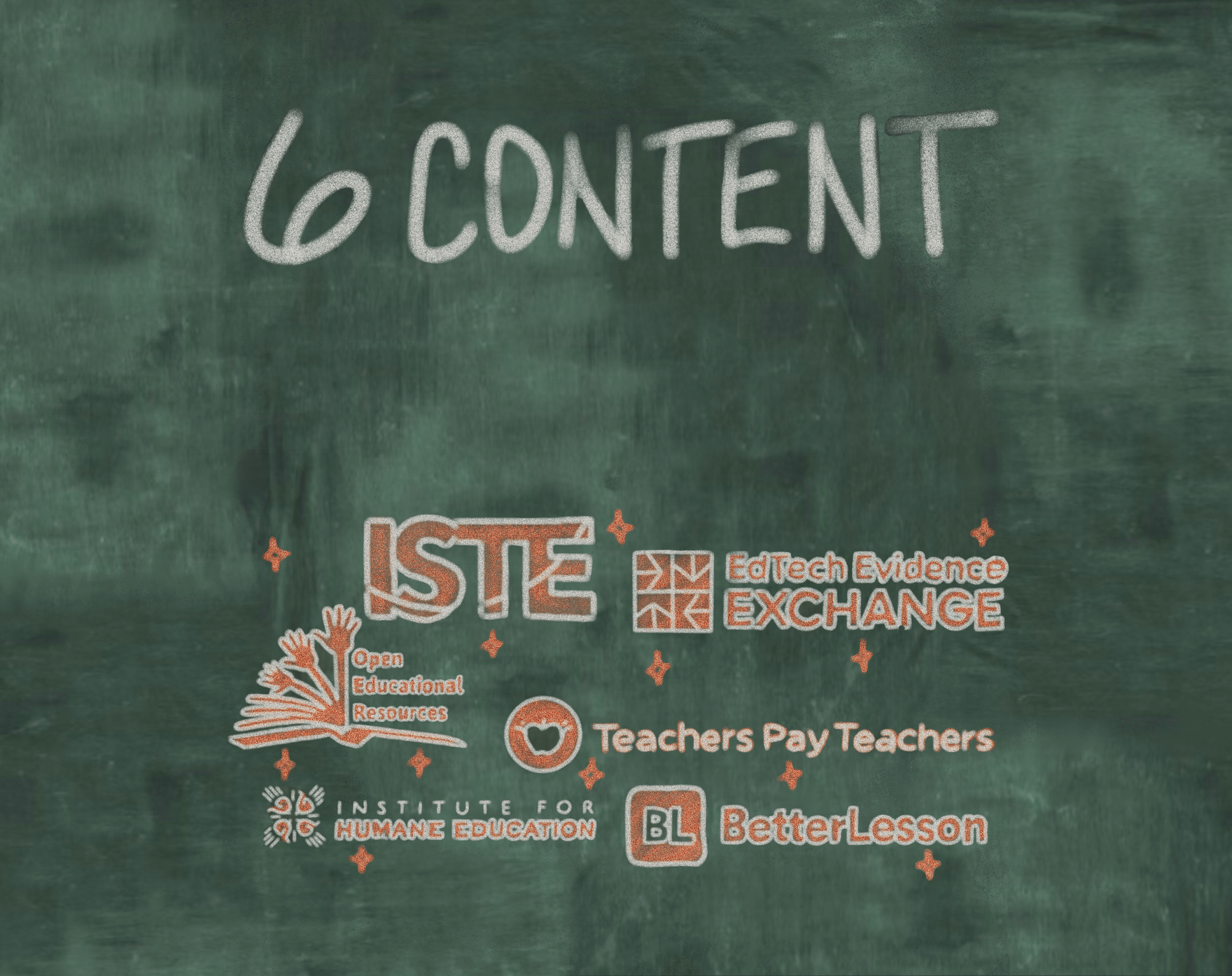A Sea of Sites
Published 30 June 2024
Everyday, educators are confronted with immense challenges that seem to be endless. In our first blog post, we discussed the bigger challenges plaguing the education profession. To take a deeper look at the hoops teachers have to jump through just to access professional development activities, let’s look at six types of websites that educators currently use for their professional development.
1. Job Posting Sites
The first and most obvious need for an in-service teacher is to easily find and easily apply to jobs. Common sites like LinkedIn are used by some educational organizations, but these sites have cumbersome job application processes, recommend positions irrelevant to teachers, and allow manipulative and unethical practices to take place.
There are a few organizations that focus uniquely on jobs in education, but these sites are specific to sectors, states, or even districts, despite the fact that many educators including myself work across many sectors and regions throughout our careers. Additionally, these sites often include outdated or redundant job postings or link back to repetitive applications on private websites.
2. Research Sites
Educators must stay knowledgeable about theories on best practices, and on emerging approaches to instruction. There are many sites that serve as free repositories of open-resource literature, but they are underfunded and have limited features.
Meanwhile, private publications are marketed and distributed on other platforms, leaving the knowledge they contain disconnected from practice. Makeshift solutions, like Google Scholar, have been used, but lack the credibility to be reliable, as they provide inaccurate citations and have limited functionality.
On the other hand, researchers themselves must manage the various stages of the publication process on their own, resorting to the outdated methods used by the publishing industry, such as listservs and word-of-mouth.
3. Social Media Sites
Educators need social interaction to develop professionally, not only to explore unfamiliar concepts and to integrate new practices, but also to engage in community building, mentorship, and collaborative socioemotional regulation.
Some educators use common social media sites to connect, however, many of these sites sell user data for manipulative purposes and are run by billionaires who prioritize raising capital at all expenses. Furthermore, these sites will soon no longer be truly accessible, as they are moving toward paid models, or are being banned by the U.S. government.
There have been a few attempts at creating a social platform specifically for educators, but these sites use extremely outdated technology and remain disconnected from other professional processes.
4. Professional Development Sites
While in service, educators must engage in professional development activities like trainings, workshops, conferences, and courses, among other activities. In recent years, there has been an uptick in the popularity of learning platforms, however very few of the offerings on these platforms are actually relevant to educators.
There are some sites that offer free developmental resources for educators, however, they require teachers to routinely navigate to each of these sites on their own. When compounded by membership to numerous professional communities, this administrative encumbrance becomes even more problematic for teachers.
5. Private Professional Development Software
In the past decades, there has been a boom in the number of private software companies that offer professional development activities for educators at a price.
Though they may offer quality materials, these platforms are only accessible to educators if they are employed within a teaching institution that chooses to invest in such services. Even more, the choices on these platforms are limited to each company’s own catalog, and there are no transparent assessments of the quality and impact of these programs.
6. Curricular Content Sites
Not only do educators have to stay up to date on teaching strategies, but must also continually update the content of their teaching materials. Among other platforms, Pinterest is used by many educators to curate and share collections of free teaching materials with other professionals. However, this type of content management is often overlooked by supervisors when assessing professional development, and social media sites are often blocked on school wifi, which means bringing home more work for teachers.
There are other sites that offer teaching resources and reviews of products and services, but they are disconnected from all developmental processes or are limited in the scope of their materials.
In summary, educators are forced to track down their professional development resources among countless websites and platforms, just to get by. Educators who are already overwhelmed with responsibilities must pioneer their own way through harsh environments; nevertheless, their hard work ends up fruitless and forgotten, like footsteps in the snow.
Without a forum in which we can collectively frame the future of education, we will continue to spin our wheels in the mud. It is time we come together to ensure all our efforts leave an impact on the profession. We must unify our shattered profession to create a sustainable professional community.




